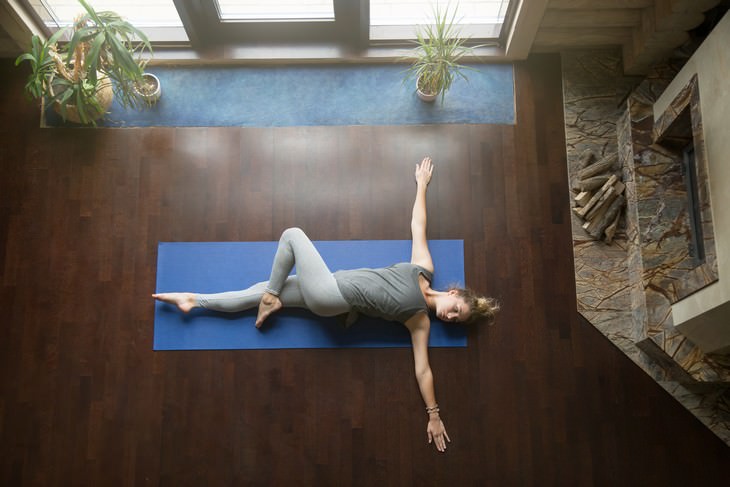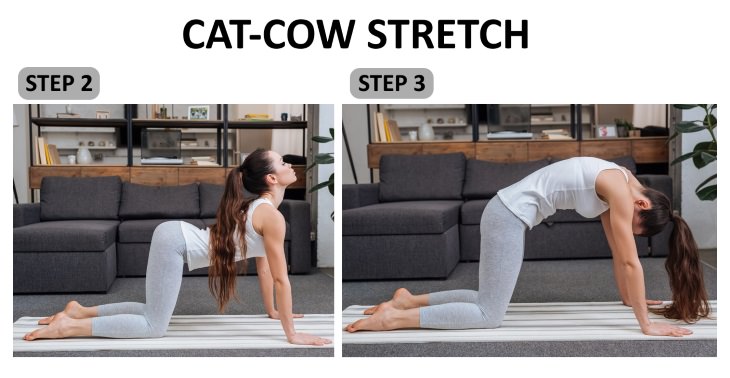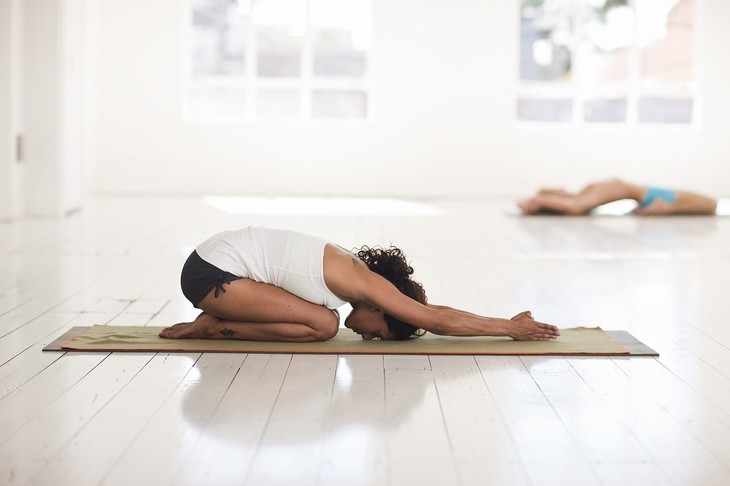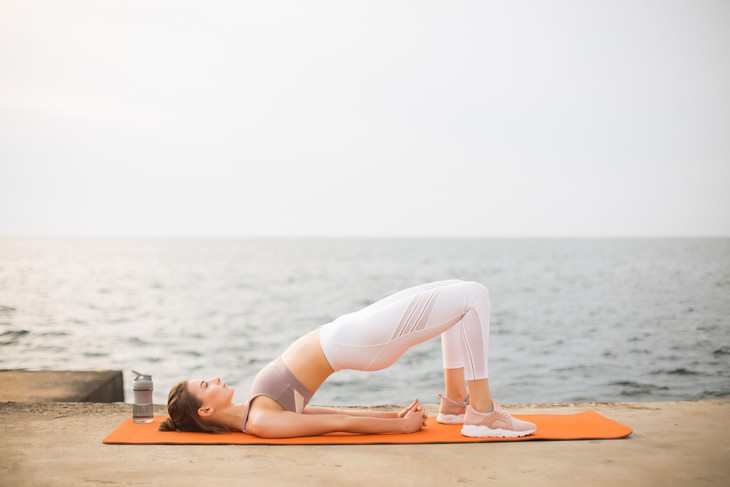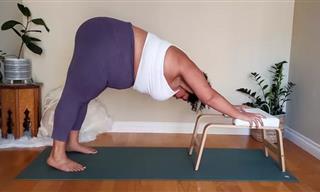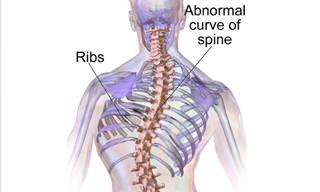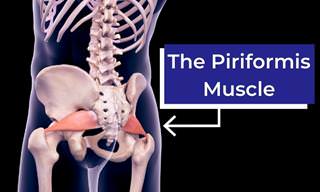Lower back pain can be really debilitating, ruining your day and making you feel completely miserable, especially when it begins suddenly and you're not prepared to deal with it. In many cases, lower back pain occurs because you have a spasm in one of the muscles of the lower back, which can be very painful, but also quite easy to fix with exercise. This article offers you to try 5 simple exercises everyone can do at home to deal with a lower back spasm, which also double as great preventative exercises that will help you avoid lower back pain as well.
What Does a Lower Back Spasm Feel Like?
A lower back spasm happens when a muscle in the lower back contracts and tenses up, which results in a sudden painful feeling that ranges from mildly annoying to very intense. The pain is usually localized to one muscle, but sometimes, the surrounding area can also be affected or the pain may radiate into the hip or leg.
Lower back spasms are caused by acute trauma (when you turn suddenly or lift something heavy) or can become chronic, typically after a lower back injury. The condition often worsens after physical activities, such as walking, standing for long periods of time or exercise.
The symptoms of lower back spasms are as follows:
- Sudden onset of strong pain
- Tension
- Weakness
- Cramping that comes and goes
- Constant pain for a long time
- Stiffness
- Trouble moving after bending.
Spasms can interfere with our daily lives and cause a lot of pain, so the best strategy is to relieve the pain that comes with the condition. Many people use over-the-counter or prescription painkillers, therapeutic massages or cold and hot compresses to deal with lower back cramps, but exercises and stretches are also effective at stopping the pain by relieving the tension in the muscles.
Here are 5 exercises that can help:
1. Supine Twist
This pose can help relax the side muscles in the lower back and increase the mobility of the spine in this area.
Step 1. Lie down on a mat with one knee bent (a carpet or blanket will do just as well).
Step 2. Rotate your legs left towards the floor until you feel a stretch. Hold for 5-10 breaths, gradually deepening the stretch.
Step 3. Return to the initial position and repeat on the opposite side.
2. Cat-Cow Stretch
This stretch can help you regain the mobility of the spine and strengthen the muscles of the back and abdominal muscles.
Step 1. Start on all fours on the floor. If your knees are sensitive, you can pad them up with a towel or a blanket. Make sure your knees are directly under your hips and your wrists are in line with the shoulders.
Step 2. Inhale deeply and arch your back as slowly and mindfully as you can, raising your head at the very end.
Step 3. When you exhale, round your back and lower your head.
Repeat 7-10 times.
3. Child's Pose
This is a very mild and relaxing stretch that will gently increase the mobility of the back and help your lower back muscles relax.
Step 1. Just like the previous stretch, start on all fours, but here the hips can be placed as wide or as close together as you want, so experiment with what feels best for you.
Step 2. Sit down on your feet, stretching your arms forward and lowering your chest on your thighs. When you got yourself situated in this pose, relax your arms and rest your elbows on the floor.
Stay in this position for at least a few minutes, breathing slowly and deeply.
4. Hip lifts
When you get a lower back spasm, it might be because your hips are tight and pull on your lower back muscles. You have to stretch your hamstrings and activate your hip muscles to relieve lower back pain.
Step 1. Start lying on your back with your knees bent and the feet on the floor. Rest your hands along the body.
Step 2. Now tense up your abdominals and glutes to protect the lower back and raise your hips slightly off the ground, holding this position as long as you can.
Repeat 7-10 times.
5. Shoelace Stretch
This last stretch seems more complex than it is, and it’s a great exercise to release the tension of both the hip muscles, the glutes, and the lower back.
Step 1. Start on all fours and cross one knee over the other.
Step 2. Slowly sit down until your sitz bones reach the ground and sit up straight and tall if you can.
Step 3. Set your hands on your feet or whatever feels comfortable. You should feel a stretch in your glutes and lower back. If not lean forward and bring your torso towards your legs until you feel a stretch. Hold for at least a minute or two.
Step 4. To get out of this pose, simply raise your sitz bones back up and return to all fours, switch legs and do the same on the other side.
You can mix and match these exercises as you like, and you will recover much sooner from a back spasm, but you can also repeat these exercises daily as a great preventative measure as well.
 Go to BabaMail
Go to BabaMail


